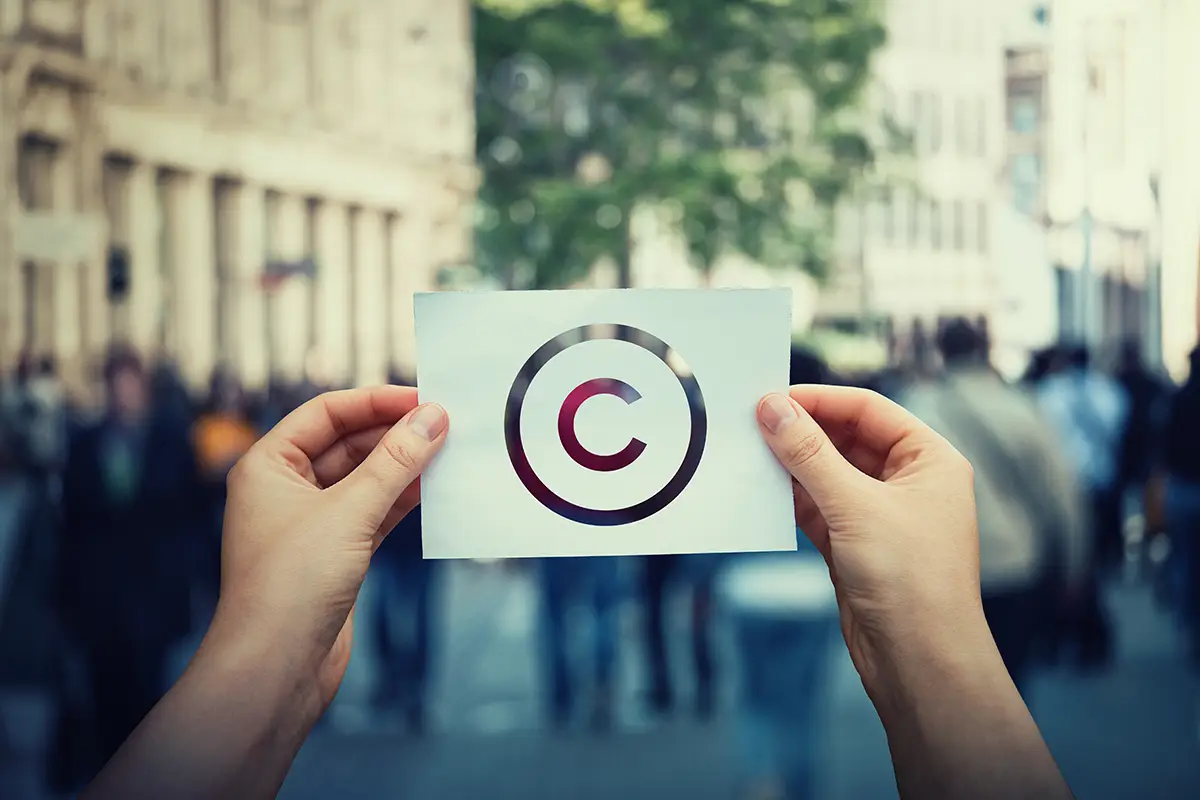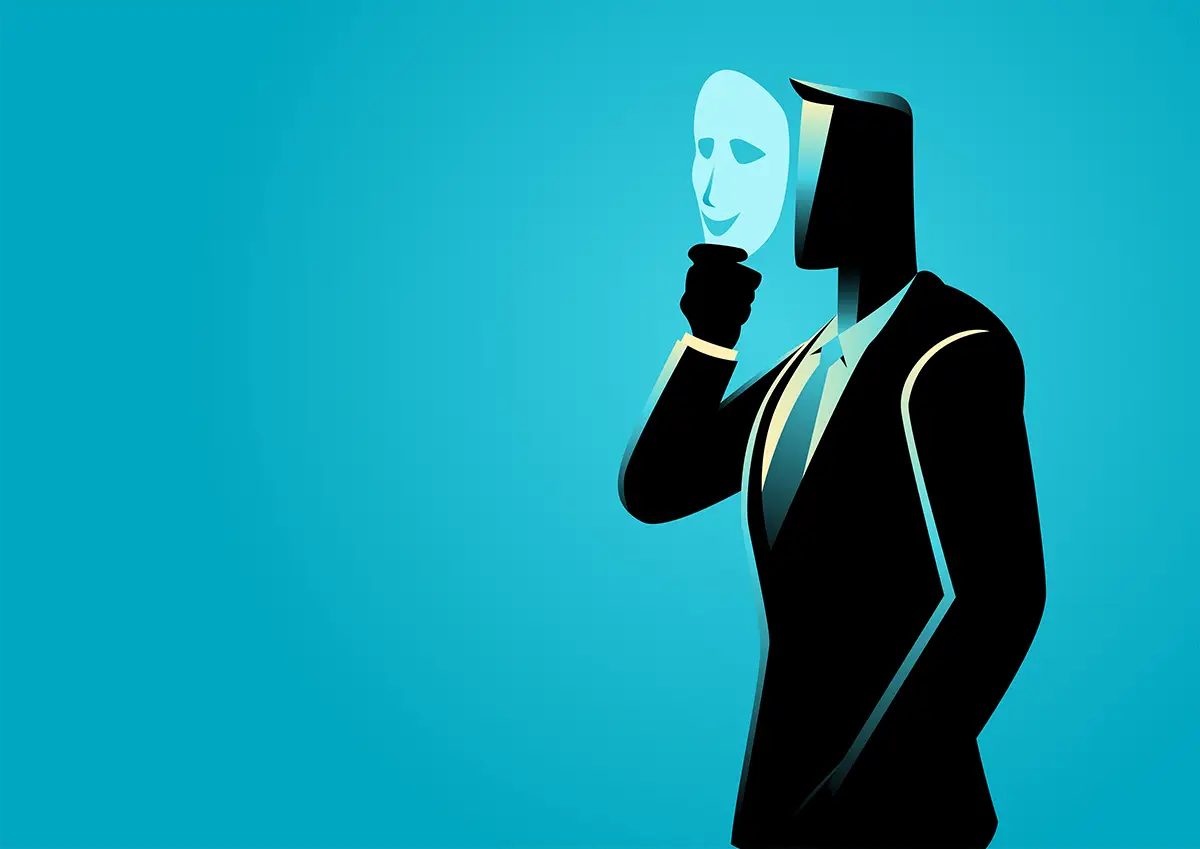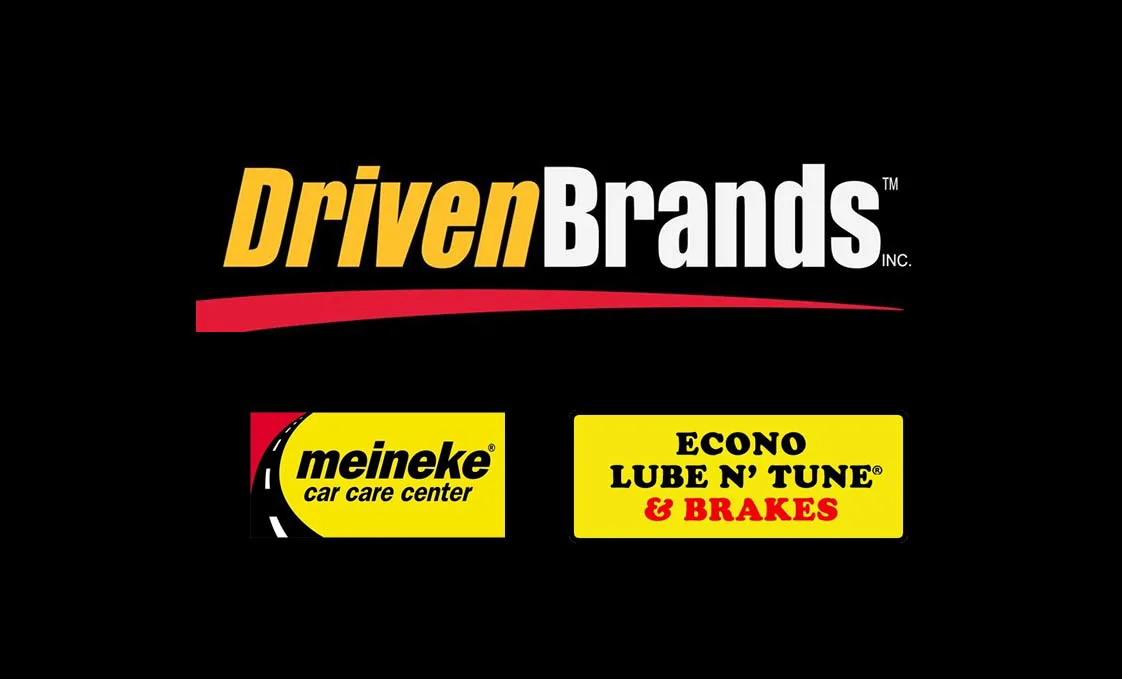
LOS ANGELES (December 18, 2023) – One LLP, a California intellectual property and entertainment law firm, obtained a groundbreaking $6.3 million jury verdict on behalf of architectural photographer Scott Hargis against Pacifica Senior Living Management LLC, who willfully infringed upon 42 of Hargis’ images.
“The jury’s verdict is not just a victory for Scott Hargis, but also holds broader societal significance for all creatives by affirming the gravity with which the law will treat willful violations of copyrights and by encouraging responsible business practices in the digital age, ”said lead attorney John Tehranian, Founding Partner at One LLP. “The verdict highlights the importance for photographers to proactively protect their creative assets by registering their works and tracking usage so that they can establish the strongest foundation for legal recourse when faced with infringement.” Along with Tehranian, the trial team included litigators Taylor Foss, Leo Lichtman and Chris Skinner, who all played instrumental roles in securing the landmark verdict.
One LLP worked in partnership with the world’s leading copyright licensing compliance service, ImageRights International, Inc., on the case. Joe Naylor, Co-Founder and CEO of ImageRights said, “People brazenly use photos without permission, disregarding creators’ rights. When we sought to settle this issue, we were met with dismissiveness and further infringement. We are thankful for One LLP’s tireless efforts in getting justice and compensation for our client, and will continue our fight to pursue infringers.”
Case Background and Damages
The Plaintiff, Scott Hargis, is a widely recognized architectural photographer; the Defendant, Pacifica Senior Living, the thirteenth largest care provider in the United States, owns and operates multiple senior living facilities throughout the nation. Pacifica, without consent or license, used 42 of Hargis’s images to market and advertise its senior living communities.
Despite repeated attempts to settle with Pacifica and notices to Pacifica regarding its acts of infringement, Pacifica continued to use Hargis’ images, even after the filing of the lawsuit. Although a large and sophisticated corporation with legal counsel and full knowledge of federal copyright law, Pacifica continued to make new unauthorized uses long after it had been apprised of Hargis’ rights.
There are three categories of infringement: innocent, regular and willful, each carrying a different range of statutory damages depending on the perceived severity. In this case, the jury deemed all 42 infringements as willful and assessed against Pacifica the absolute maximum statutory damages per infringement allowed by law: $150,000 per image, totaling $6.3 million.



